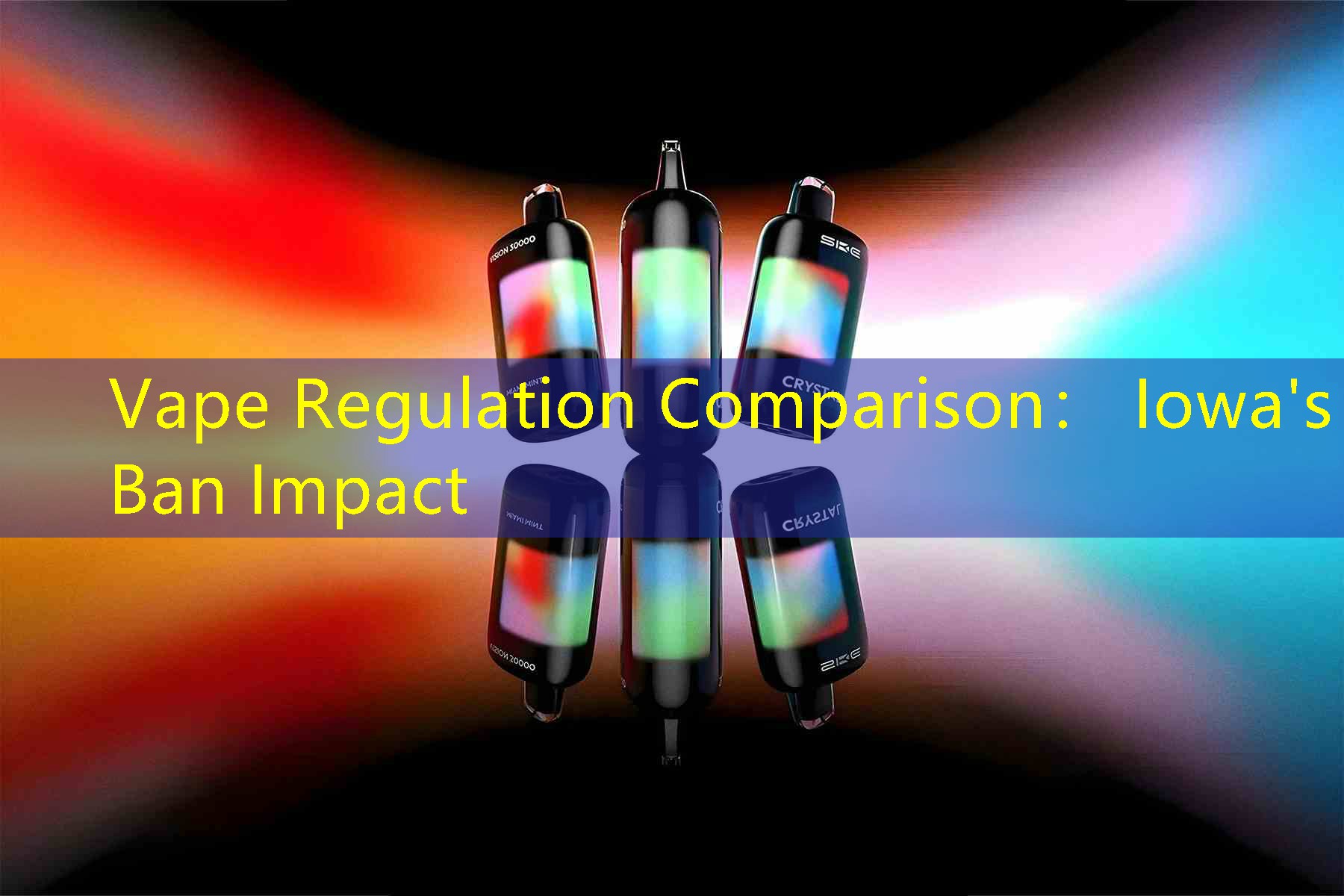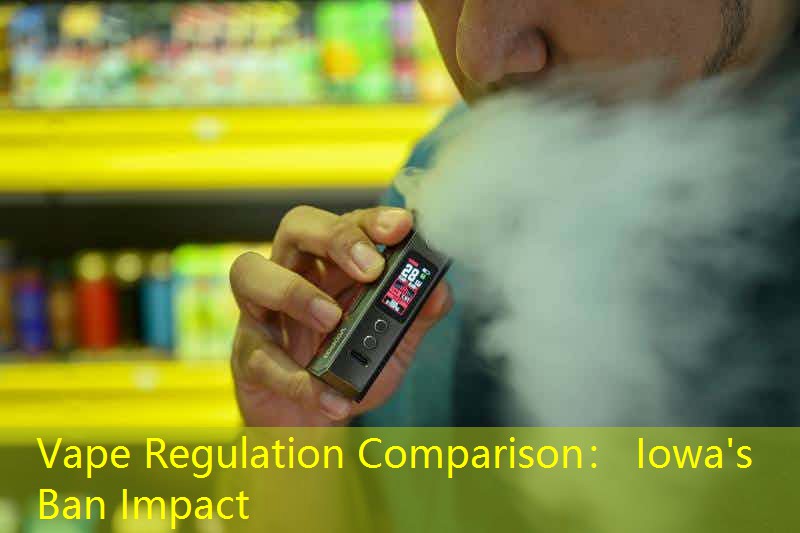Introduction: The Rise of Vaping and Its Regulation in Iowa
The phenomenon of vaping has attracted significant attention in recent years, sparking debates over its health implications, legal status, and societal impacts. In Iowa, this conversation surrounding vaping has intensified, particularly with the introduction of a vape ban. This legislation aims to control the sale and consumption of vaping products, especially among youth. In this article, we will explore the rationale behind Iowa’s vape ban, its implications, public reactions, and comparisons with other states.

The Context of Vaping in Iowa

Vaping has gained popularity as an alternative to traditional smoking, especially among younger demographics. Statistics indicate that vaping among high school students in Iowa has surged, raising alarming concerns among health officials and parents. A recent survey revealed that nearly 20% of high school students reported using vaping products regularly. This surge prompted the state to consider measures aimed at curbing this trend, leading to the proposal and eventual implementation of a vaping ban.
Understanding the Iowa Vape Ban
The Iowa Vape Ban refers to a series of regulations enacted to restrict the sale and use of vaping products within the state. The ban includes the prohibition of flavored vape products, which health officials argue attract younger users. The legislation also imposes age restrictions, limiting the sale of vaping products to individuals aged 21 and older. While advocates argue that these measures are critical for protecting public health, opponents contend that they infringe on personal freedoms.
Health Concerns Driving the Ban
A significant driver behind the Iowa vape ban is the growing body of evidence linking vaping to various health issues. Reports from the CDC indicate an increase in lung injuries associated with vaping, leading to hospitalizations and, in some cases, fatalities. The substances found in many vaping products, including nicotine and other harmful chemicals, pose serious health risks, particularly to adolescents. This context has intensified calls for regulation.
The Societal Impact of the Ban
With the implementation of the vape ban, many Iowa residents have begun to confront the changes in their consumption habits. Some users have turned to black-market alternatives, raising concerns about product safety. Others express frustration over the lack of choice, especially regarding flavored products that many find appealing. This societal response has contributed to a broader debate about individual autonomy versus collective health outcomes.
Comparative Analysis: Vape Legislation Across States
To understand the implications of Iowa’s vape ban, it’s helpful to compare it with regulations in other states. States like California and New York have implemented their own restrictions, including flavor bans and advertising limitations. The following table summarizes these regulations:
| State | Flavor Ban | Age Restriction | Advertising Limitations |
|---|---|---|---|
| Iowa | Yes | 21+ | Restrictions on youth-targeted ads |
| California | Yes | 21+ | Extensive restrictions |
| New York | Yes | 21+ | Prohibition on certain media |
Public Reaction to the Iowa Vape Ban
The response to the vape ban has been mixed. While some community leaders welcome the measures as a necessary step towards safeguarding youth, others argue that the ban fails to address the underlying issues of addiction and access. Online forums and social media have become hotbeds for discussions, with proponents emphasizing health benefits and opponents citing personal freedom violations.
Case Studies: Public Health and Vaping Regulations
Several states have conducted studies to assess the impact of vaping bans on public health. For example, a study in Massachusetts found that the enactment of a vape ban led to a 20% decrease in vaping among adolescents within the first year. These case studies provide important insights into the potential effectiveness of Iowa’s regulations.
Economic Implications of the Vape Ban
Beyond health concerns, the vape ban carries economic implications. Independent vaping shops in Iowa express concern over declining sales and the potential loss of jobs. As regulations tighten, many business owners are exploring alternative product lines or expanding into related sectors to mitigate losses. The economic landscape of the vaping industry could be dramatically reshaped as states adopt similar measures.
Questions and Answers
What are the specific penalties for violating the Iowa vape ban?
The Iowa vape ban imposes significant penalties for violations, including fines and potential criminal charges for repeat offenders. Retailers found selling banned products may face hefty fines ranging from $500 to $5,000, depending on the nature and extent of the violation.
How does the Iowa vape ban affect adult smokers seeking alternatives?
The ban’s restrictions on flavored products primarily affect adult smokers who use vaping as a cessation tool. Many argue that flavors make the transition from smoking to vaping more palatable, and the lack of options could discourage individuals from quitting traditional cigarettes.
What broader trends can be observed in youth vaping rates since the ban?
Initial reports suggest that youth vaping rates may decline following the implementation of the ban; however, ongoing studies are needed to assess long-term outcomes. Health officials remain vigilant in monitoring usage patterns, as the allure of vaping products continues to evolve.








